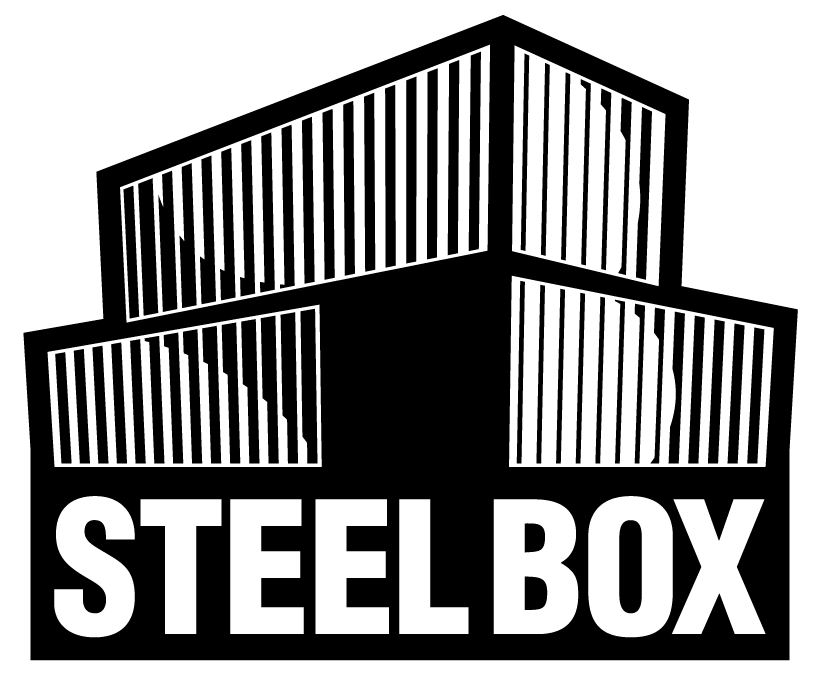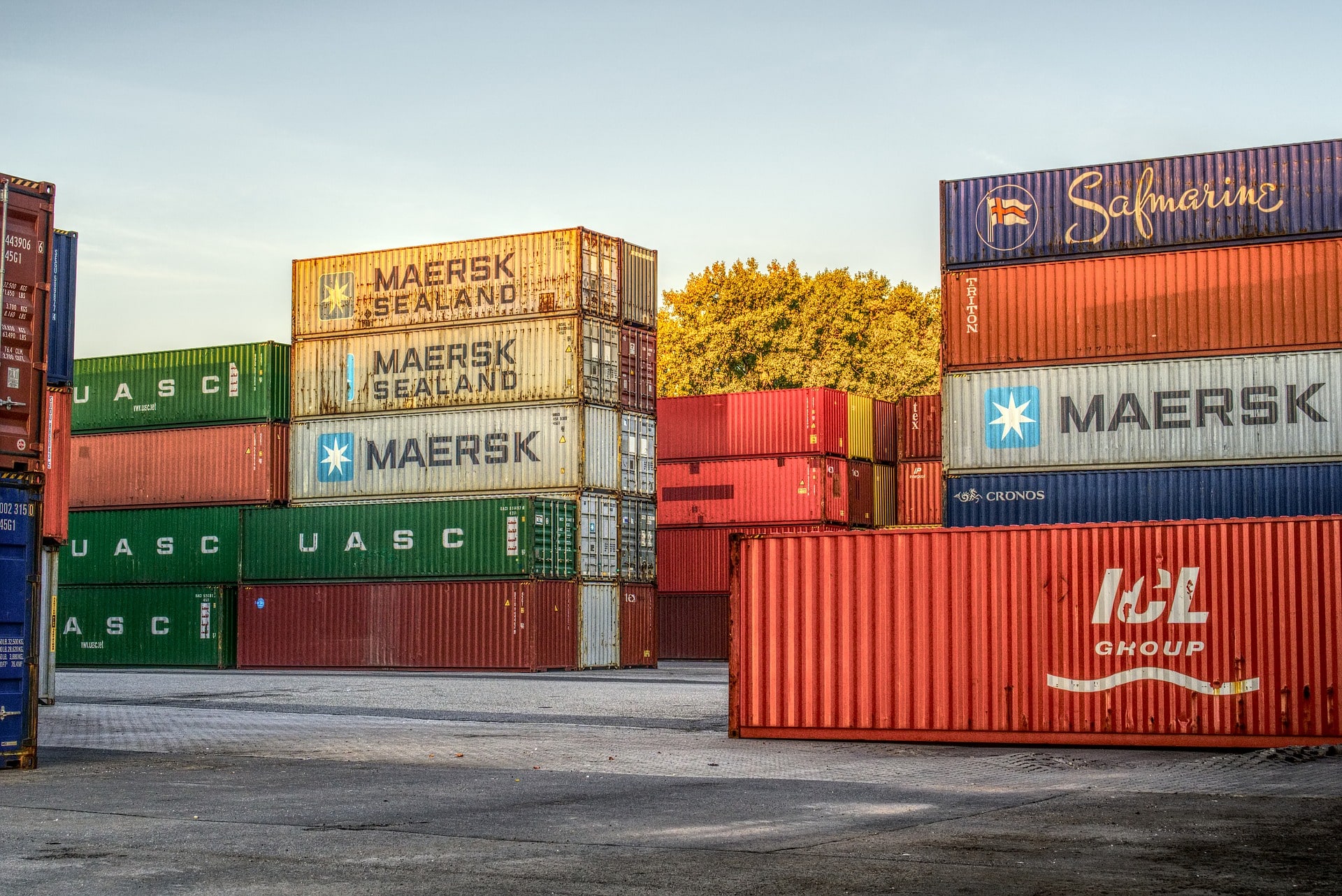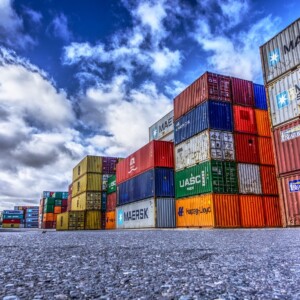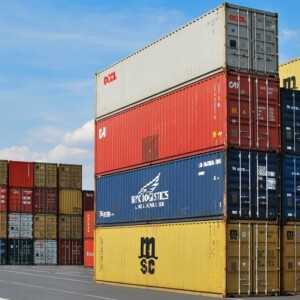If you’re considering purchasing a shipping container for storage, transportation, or even residential use, there are several types to choose from. Knowing the differences between these containers can help ensure you get the right one for your needs. In this blog post, we will explain the various types of shipping containers and discuss which might be best for different uses. So keep reading to learn more about what to look for in a quality container and how it can provide safe and reliable shelter or transportation solutions.
Sizes and Dimensions of Different Types of Shipping Containers
These sizes are commonly used due to their standard dimensions and ease of handling during transportation and storage.
- 20ft containers: These are the most popular and versatile size, suitable for a variety of goods. These containers are 20 feet long, 8 feet wide, and 8’6″ high.
- 40ft containers: These are the largest standard size, often used for bulkier or heavier cargo. These containers are 40 feet long, 8 feet wide, and 8’6″ high.
- 40ft high cube (HC): The largest standard size, often used for bulkier or heavier cargo. High cubes are 40 feet long, 8 feet wide, and 9’6″ high.
Special-Purpose Containers
Expertly crafted containers for unique storage and transportation requirements are the solution to moving or storing different items. For example, haul refrigerated goods with reefer containers, transport your liquids and gases with tank containers, move your oversized cargo with flat rack containers, and even transport live animals in dedicated livestock containers. With a specialized design for every job, special-purpose containers are the perfect solution to transport and store your goods.
Standard Dry Containers
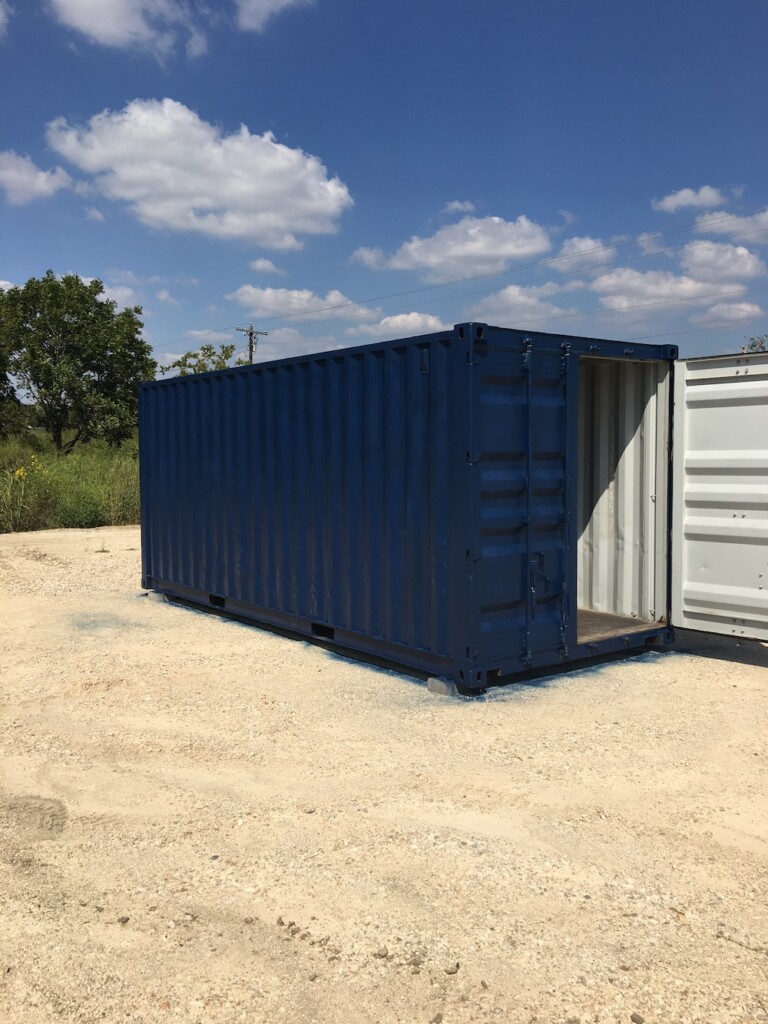
If you need to transport your goods safely, look at the standard dry container. This versatile container is perfect for shipping everything from electronics to furniture, thanks to its sturdy steel construction and weather-resistant exterior. Available in various sizes, from 20 to 40 feet, these containers are designed with airtight doors to protect your cargo from moisture and theft.
Open Top Containers
It is introducing the shipping container that allows for easy loading and unloading of oversized or heavy cargo – the open-top container! Like standard dry containers, this container features a removable top that makes shipping machinery, vehicles, and industrial equipment a breeze—no more struggling with awkward cargo loads! And rest assured, the removable top is secured tightly with ropes or clamps to ensure your valuable goods arrive safely at their destination.
Tanks

Tank containers are designed to transport liquids, gases, and powders. Made from strong steel, they are perfect for safely shipping chemicals, food products, and other liquids.
Reefer Containers
Reefer containers, known as refrigerated containers, are used to transport perishable goods. These mighty containers are tasked with one mission: ensuring that perishable goods arrive at their destination in top-notch condition. Whether it’s plump, juicy fruits or life-saving pharmaceuticals, the refrigeration unit in these containers can maintain precise temperatures ranging from -35°C to +30°C. The flexibility of the temperature range makes them perfect for a wide variety of perishable items, and their reliability is paramount to the industry’s success.
Flat Rack Containers

Flat rack containers are ideal for bulky items or oversized cargo that need loading from the top or sides. Their sides collapse, making loading and unloading bulky items easy.
Open Side Storage Containers
They are introducing convenient and versatile full-side access containers! These containers feature full-length doors, providing effortless loading and unloading of large bulky items that may not fit through standard addition, this container doors. In addition, this feature grants easy access to inventory management and inspections. These containers can also be customized and modified to fit various storage and transportation needs.
Swap Body Containers
Common in European road and rail transport, swap body containers are designed to be transported easily on the road and rail. They have support legs that allow them to be swapped without using cranes.
Insulated Shipping Containers
Investing in specialized insulated containers could make all the difference when transporting sensitive items that require temperature control. These innovative containers are packed with an insulating foam or fiberglass layer, ensuring consistent internal temperature regulation. They’re a popular choice for transporting food, chemicals, and pharmaceuticals where even the slightest temperature fluctuation could be disastrous. In addition, insulated containers can be modified with additional heating or refrigeration systems for those requiring even more precise temperature control.
Drums
Drums are cylindrical containers for transporting bulk liquids and grains. Made from steel, plastic, or fiber, they are commonly used in chemical and food industries.
Half-Height Containers
Half-height containers bring efficiency and convenience to the world of cargo transport. These uniquely designed shipping containers are half the height of standard ones, making them perfect for carrying heavy loads of coal, gravel, or metal scraps. In addition, with their lower profile and impressive payload capacity, half-height containers are an excellent choice for intermodal transportation and storage. And for even more convenience, these containers can be customized with removable or hinged top covers to help speed up the loading and unloading.
High Cube Containers

High cube containers provide more volume for cargo and are 1 foot taller than standard containers. They are ideal for transporting goods like furniture and electronics.
Tunnel Shipping Containers
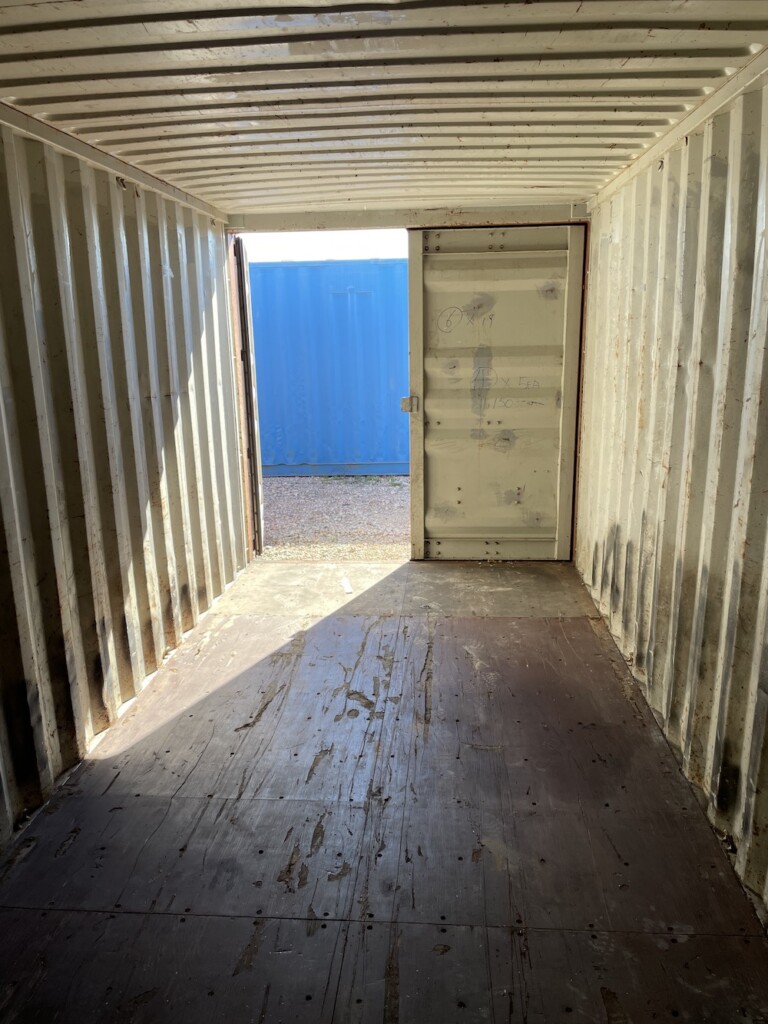
Innovative Tunnel Containers, also called Double Door Containers, are swiftly becoming popular among transporters due to their convenient design. They feature doors on both ends, which makes loading and unloading goods on either side of the container hassle-free. These versatile containers are exceptionally suitable for intermodal transportation and easily transported on flatbed trucks or trains. In addition, tunnel containers come in handy when transporting bulky cargo such as machinery, pipes, or construction materials. Moreover, depending on your specific needs, the containers can be customized with advanced security features or ventilation systems.
Cargo Storage Roll Containers
These containers, which come with wheels, are often used in retail and warehousing to transport and store goods. They are usually made of a metal frame that can be folded away when not being used.
Car Carriers
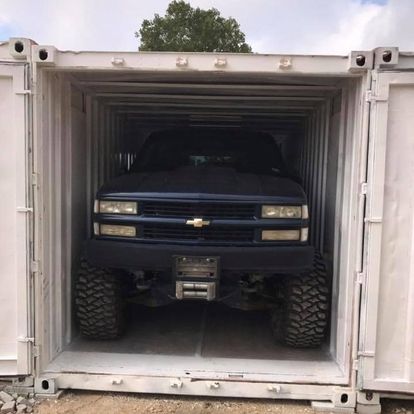
Automobiles require special attention when it comes to shipping, and that’s where car carriers come in. These specialized containers are stackable and are designed to accommodate multiple cars, making them a cost-effective shipping solution. Equipped with ramps and tie-downs, these containers ensure safe and secure transportation for various entities, from car manufacturers to private individuals.
Choosing the Right Type of Container For You
When selecting the right shipping container, consider the following factors:
Cargo Type
Different containers are suited for different types of cargo. Tanks are ideal for liquids, while drums are better for granular materials. Flat rack containers are the best choice for bulkier, oversized goods.
Distance
How far you are transporting your goods can influence the type of container you choose. Tank containers are excellent for transporting liquids long distances, while swap body containers are ideal for shorter distances.
Capacity
Consider the volume and weight of your cargo. High cube containers offer extra height for more volume, while flat rack containers can handle heavier loads.
Cost
Your budget will play a significant role in your choice. Standard containers are generally more affordable, while specialized containers like tanks and high cube containers may cost more.
Environmental Conditions
Consider the environmental conditions your cargo will face. Tanks and drums are suitable for corrosive materials, while high cube containers offer extra space for goods sensitive to moisture and temperature changes.
By understanding the different types of shipping containers and considering these factors, you can make an informed decision that best suits your logistical needs.
Checkout Different Types of Shipping Containers
Shipping containers are here to stay with their strength, durability, and flexibility. After learning the different types of shipping containers available, you can decide the best option for your cargo needs. Shipping containers provide an efficient way for businesses to transport their goods without compromising quality or safety. By understanding the diversity of container types and their various uses, you can ensure your products arrive at their destinations safely and securely. At Steelbox, we offer a wide selection of container types, including 20ft, 40ft, and high cube shipping containers. Call us to get a free quote on your next shipping container!

